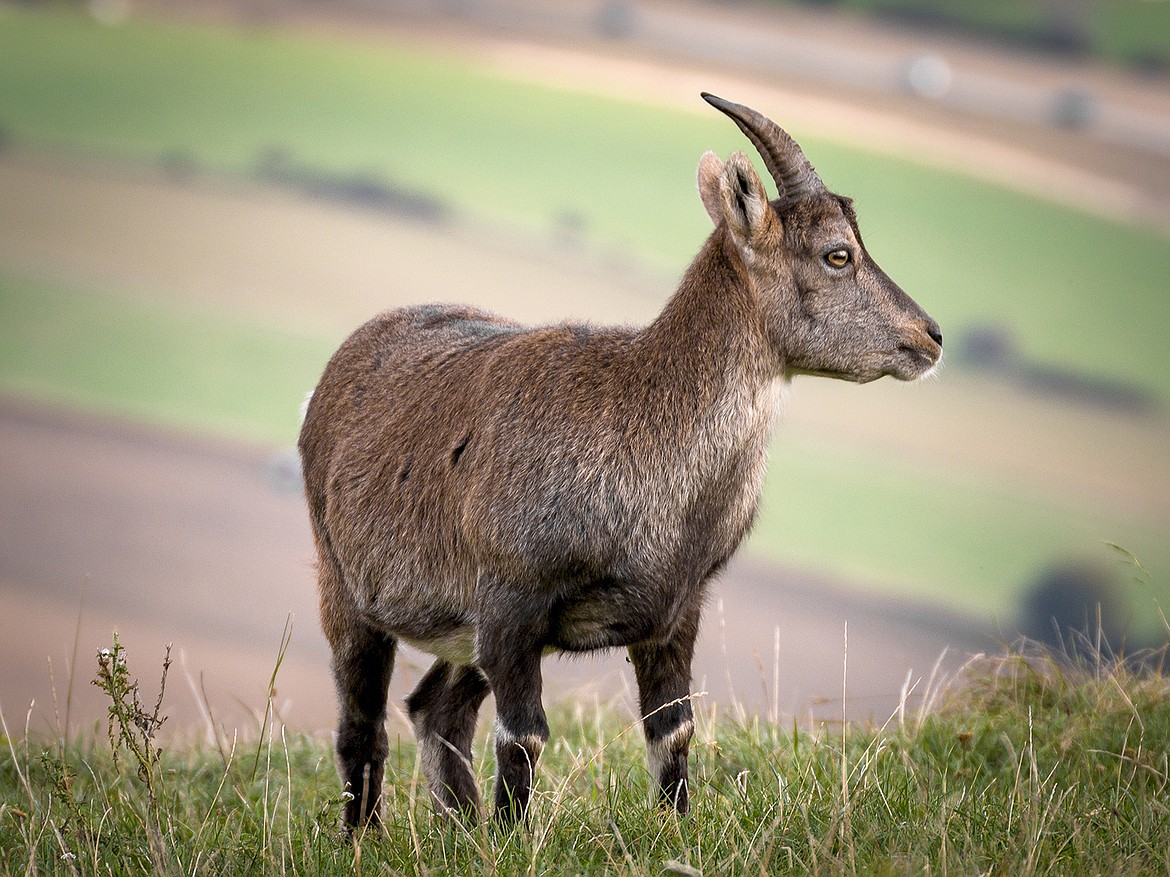The ins and outs of dairy goat ownership
For the more adventurous pet owner, there are many advantages to owning goats, including companionship, land management by grazing, and milk production. While companionship and grazing come naturally to these critters, potential owners interested in collecting dairy from their goats need to take into consideration additional factors to encourage lactation and ensure that their goat’s milk is safe for consumption.
Dr. Evelyn Mackay, a clinical assistant professor at the Texas A&M College of Veterinary Medicine & Biomedical Sciences, says that the production capacity of a dairy goat depends on their breed, management, and nutrition.
The most common dairy goat breeds are Nigerian dwarf goats, Alpines, Saanens, Nubians, LaManchas, and Toggenburgs; Nigerian dwarves are significantly smaller than the other breeds and may be preferred by hobby farmers who would like a smaller milk yield.
Since goats will only lactate after giving birth to a kid, the relationship between parent and offspring must also be taken into account. Depending on the goat and management conditions, dairy goats can produce milk for many months after giving birth.
“If owners are letting the kids nurse, owners will have a smaller milk yield than if they weaned the kids and only milked the goat,” Mackay said. “Some full-sized, high-producing goats can produce over two gallons per day at some stages of lactation. A home dairy goat would likely produce less than a gallon per day, especially if she is nursing kids.”
Regardless of the goat’s desired milk yield, Mackay recommends that owners allow for a “dry period” between milking a goat and it giving birth again.
In order to impregnate a dairy goat, owners may keep their own male goats for breeding or can rent one via a stud service.
“It’s easier to own a male goat, but they are smelly and sometimes poorly behaved,” Mackay said. “Some people will borrow or lease a male if they only have a few females to breed. Artificial insemination can be done but is expensive and is more labor- and time-intensive than in other species.”
Typically, dairy goats should be milked, fed, and cared for twice daily. After a goat is milked, it is important that owners ensure the goat milk is safe for consumption.
“Owners should absolutely pasteurize their milk,” she said. “Raw milk is not safe for human consumption and can transmit dangerous diseases to people, such as Q Fever, brucellosis, listeriosis, salmonellosis, and many others.”
Although the benefits of owning a dairy goat are many, potential owners should be aware of the care requirements to keep their goat healthy and fit for milk production.
“They require just as much attention as other livestock, and paying close attention to udder health and overall health of dairy goats is very important,” Mackay said. “They can get mastitis (inflammation or infection of the breast tissue) and other diseases related to pregnancy and lactation. Owners need to learn appropriate milking hygiene procedures and be prepared to seek veterinary attention for their dairy goats if they become ill.”
Pet Talk is a service of the College of Veterinary Medicine & Biomedical Sciences, Texas A&M University. Stories can be viewed on the web at vetmed.tamu.edu/news/pet-talk. Suggestions for future topics may be directed to editor@cvm.tamu.edu.



